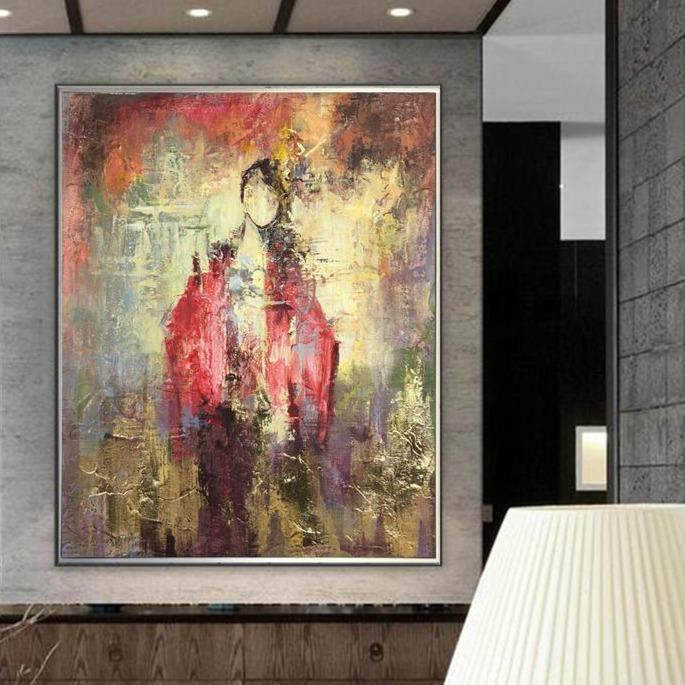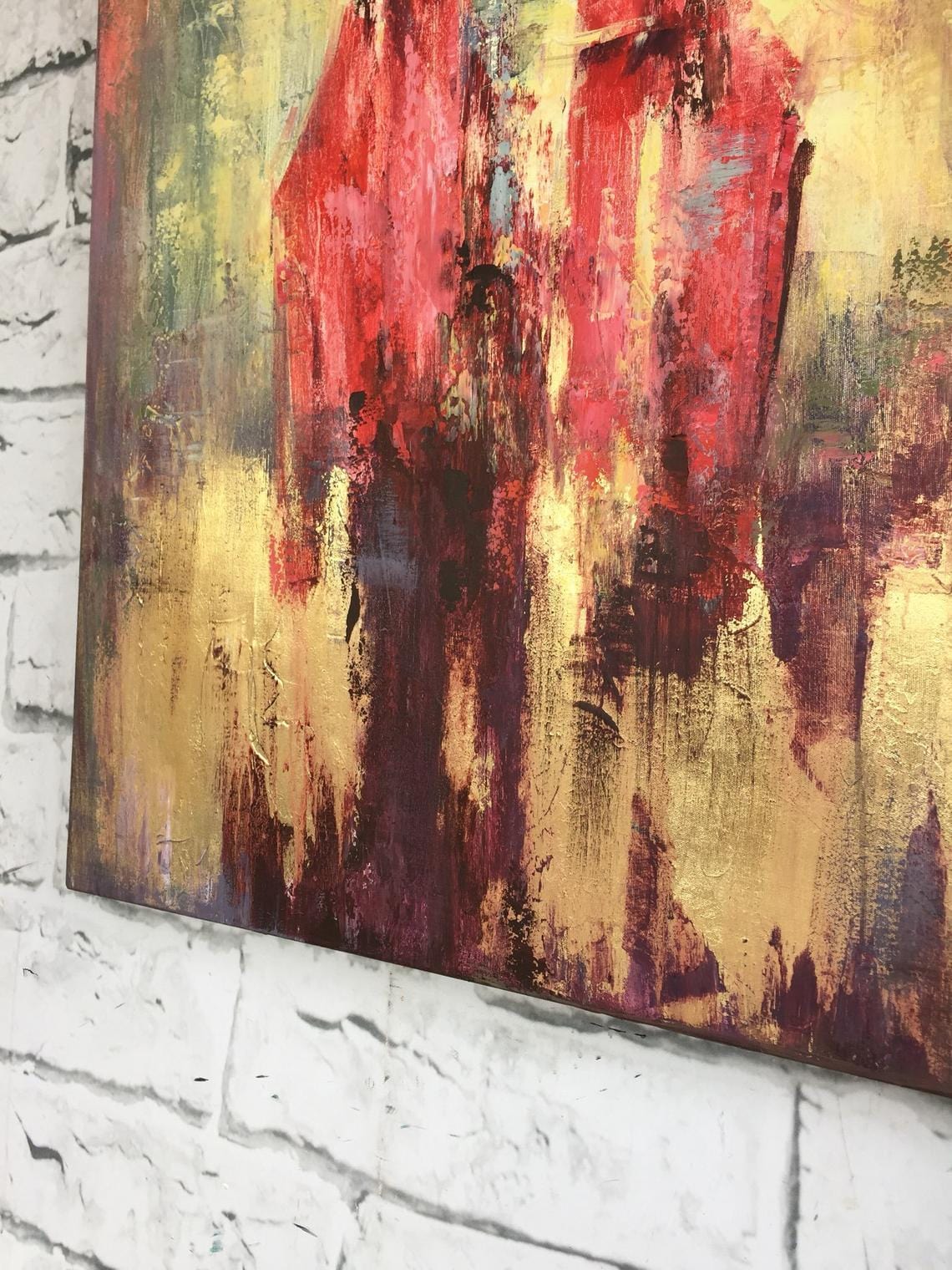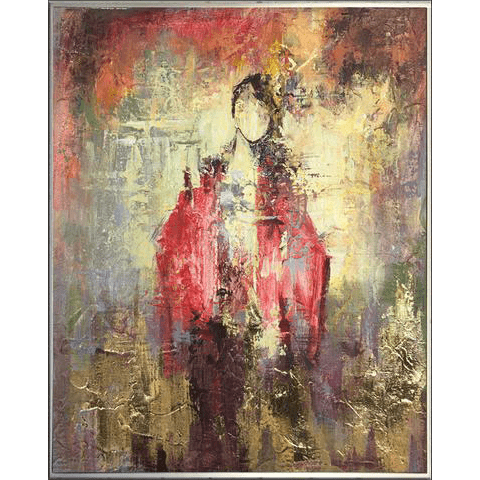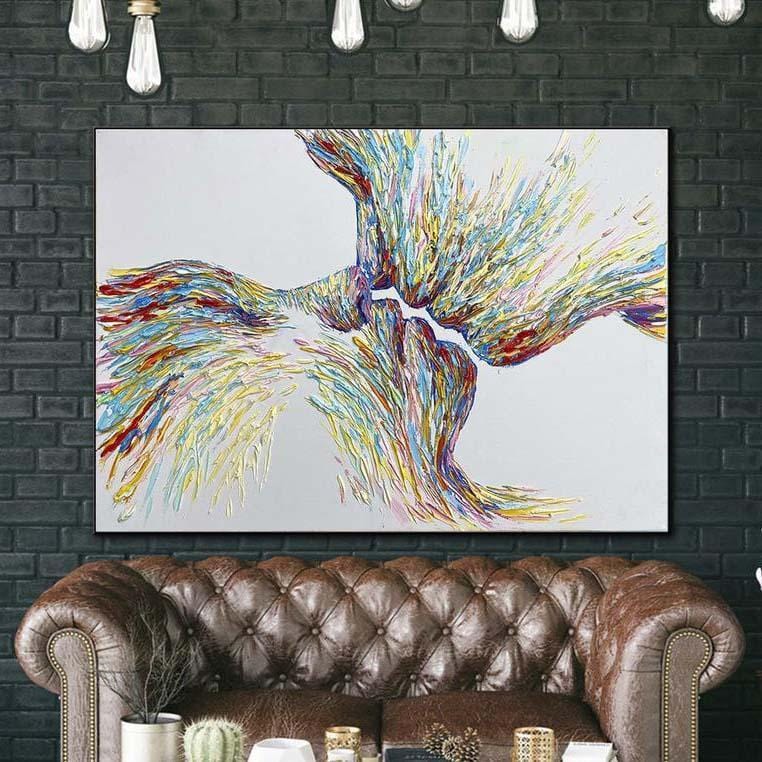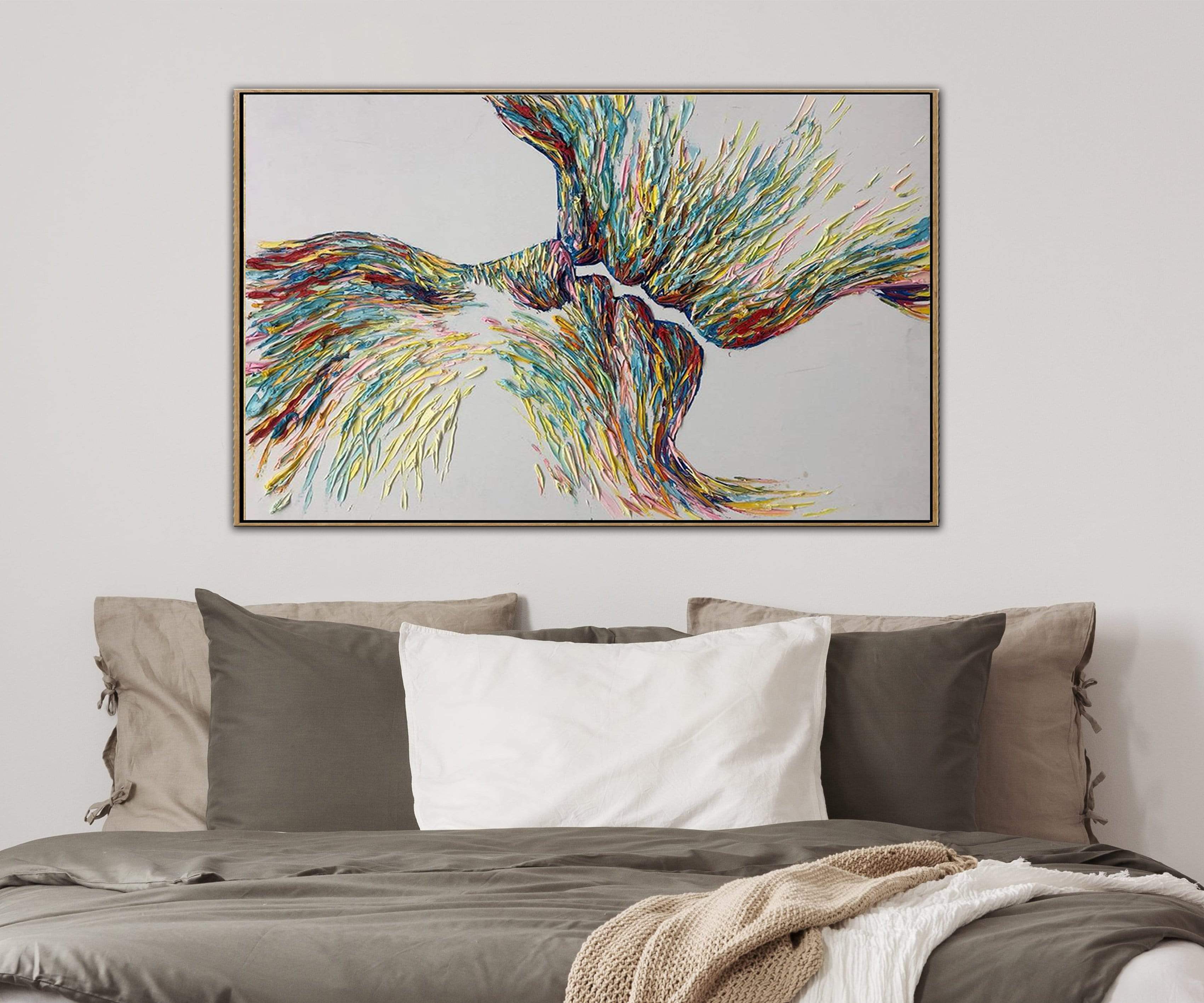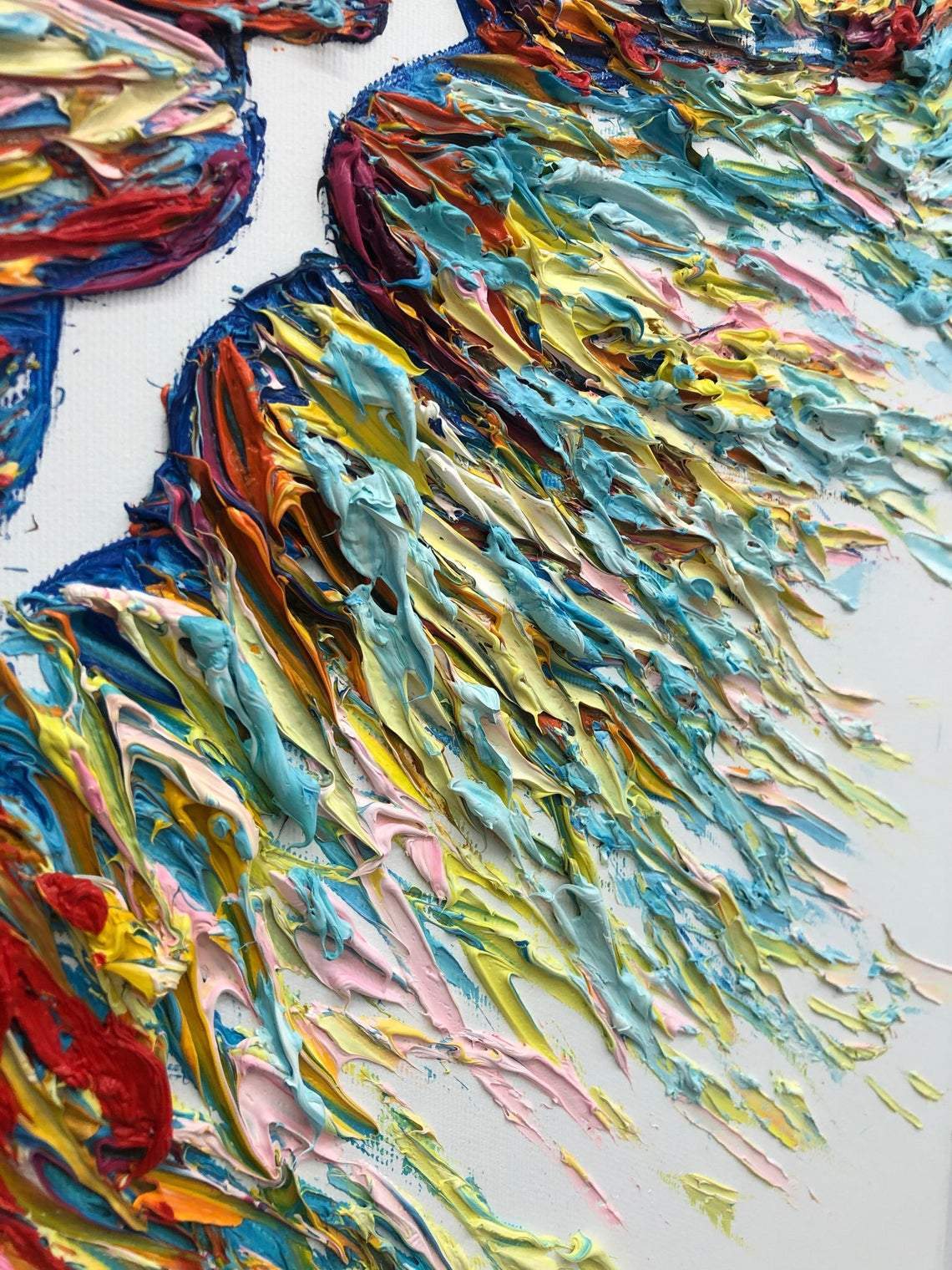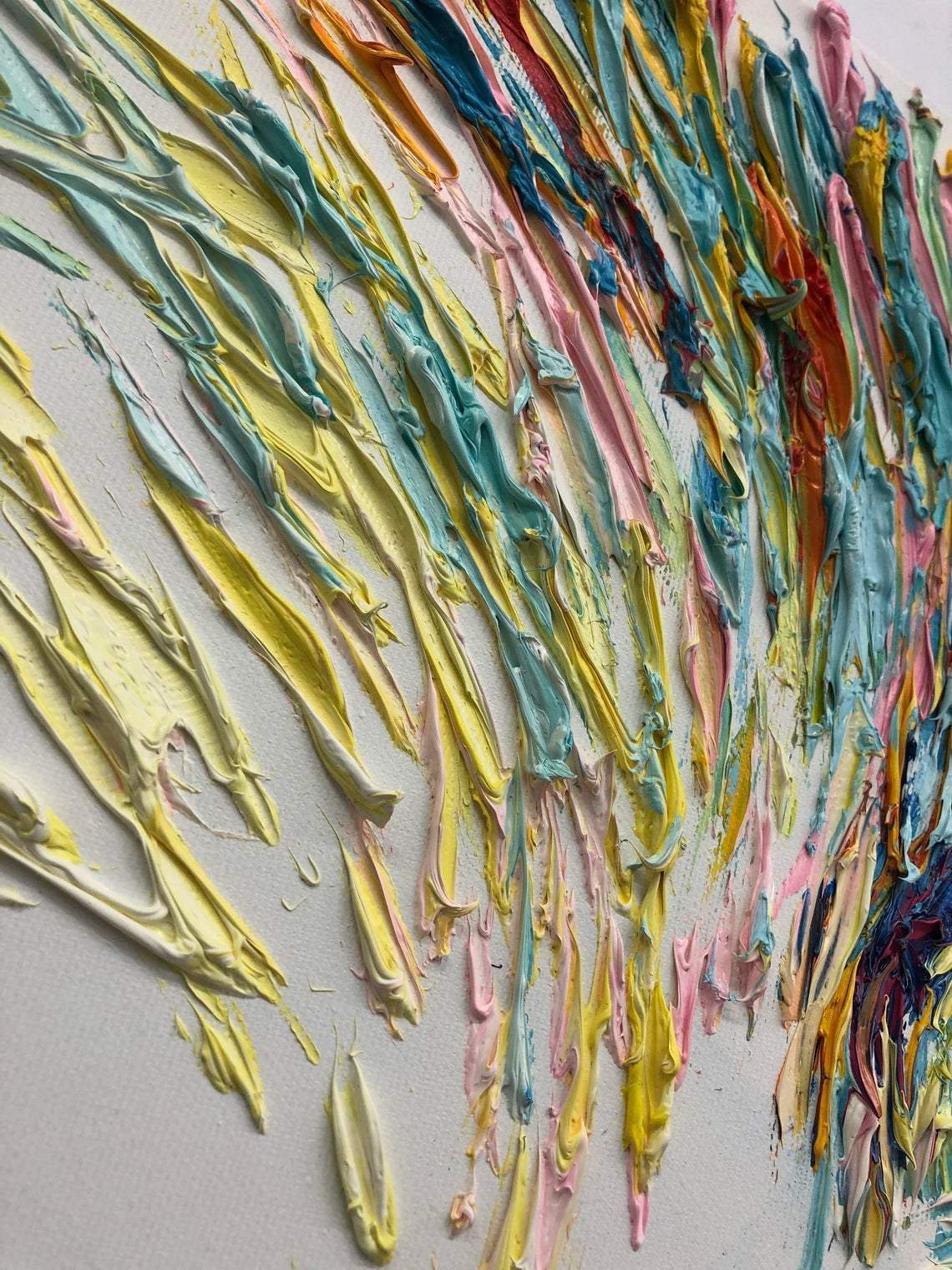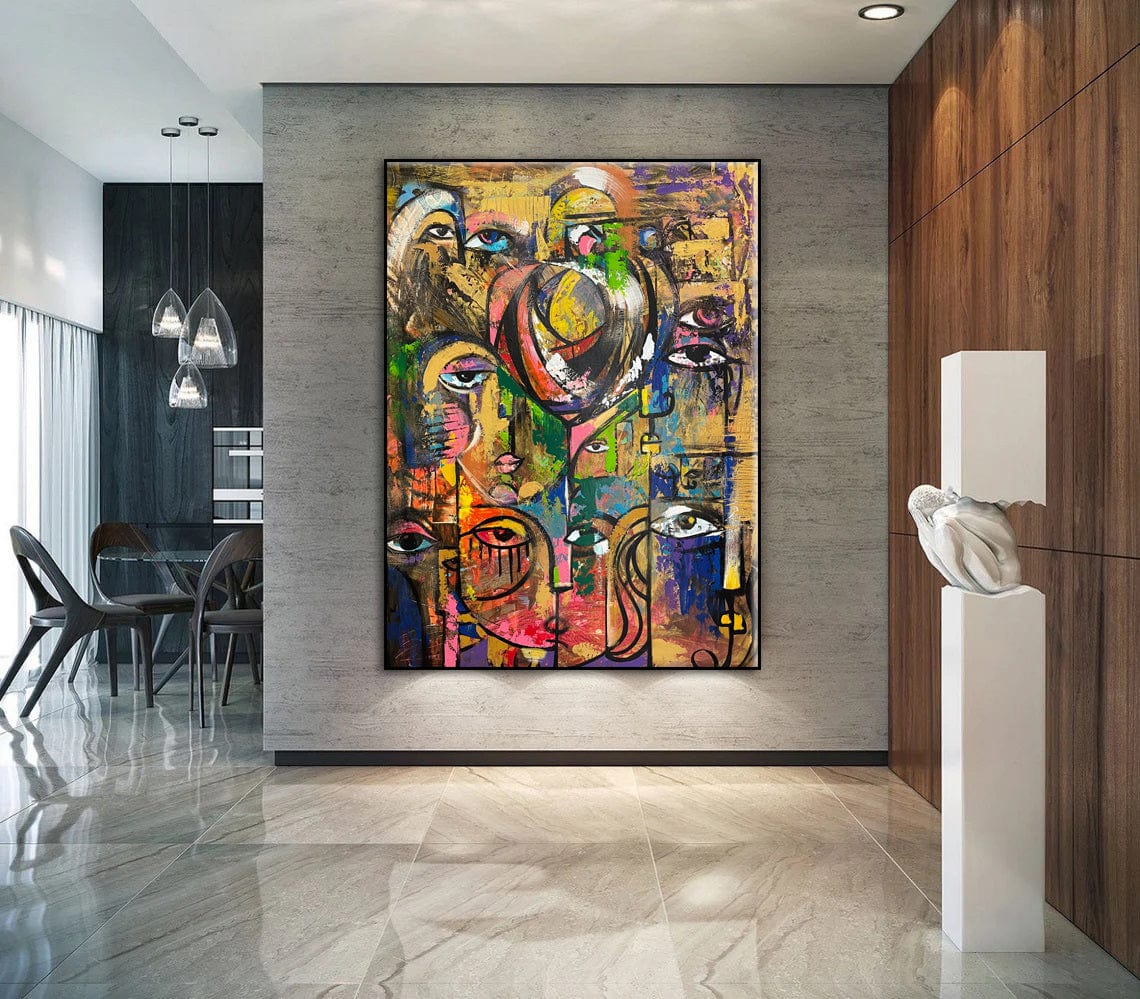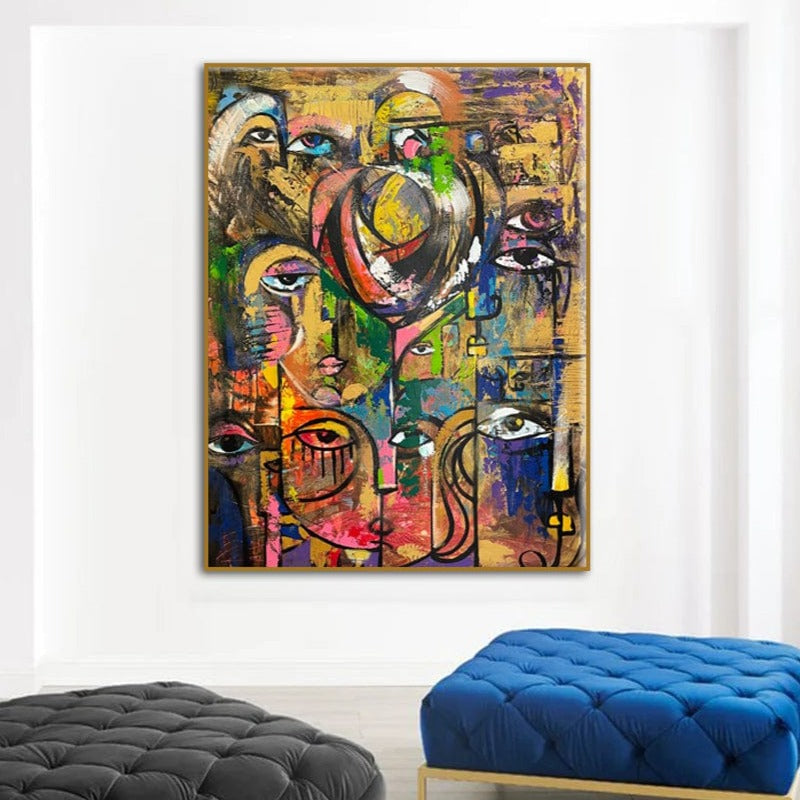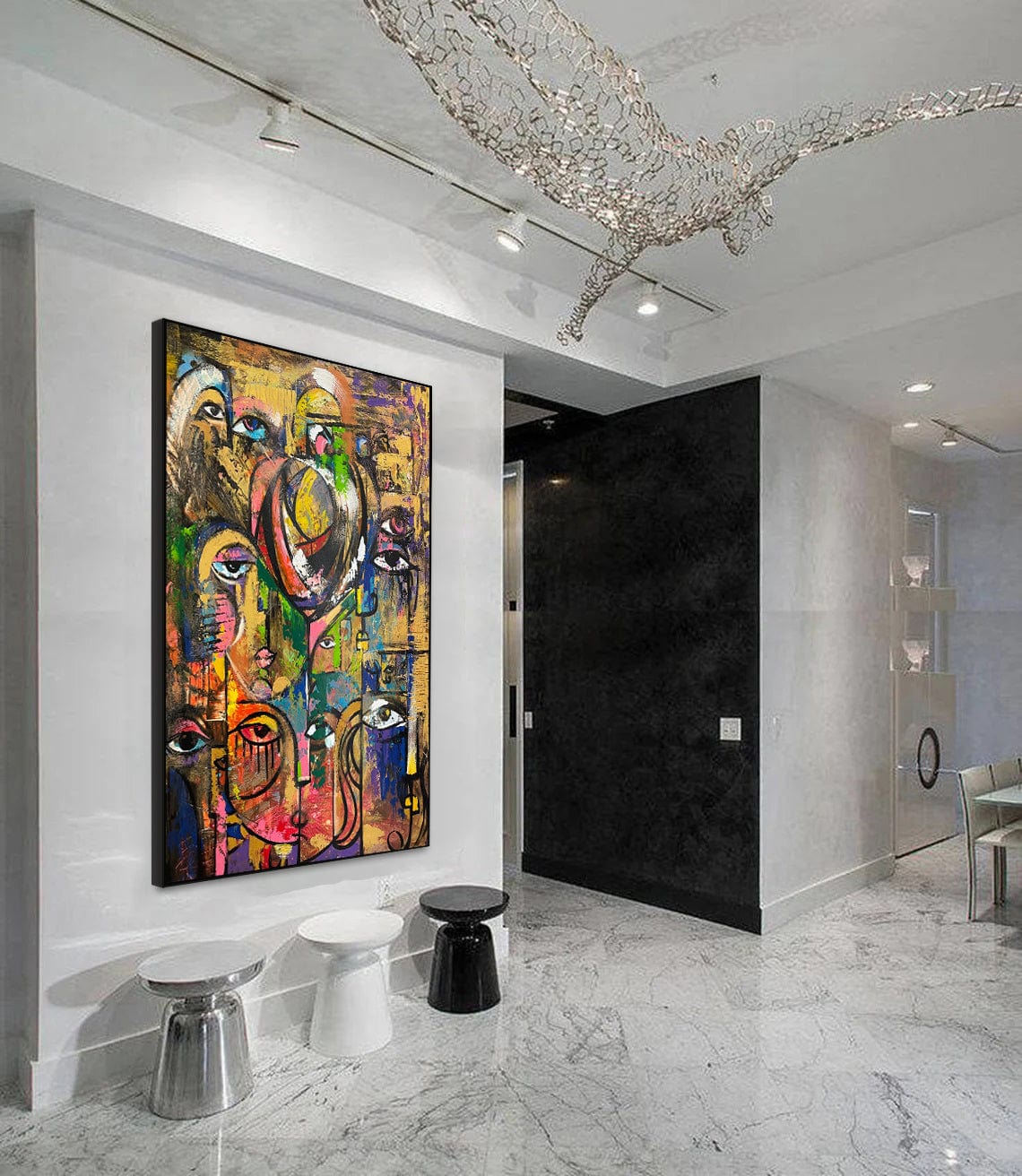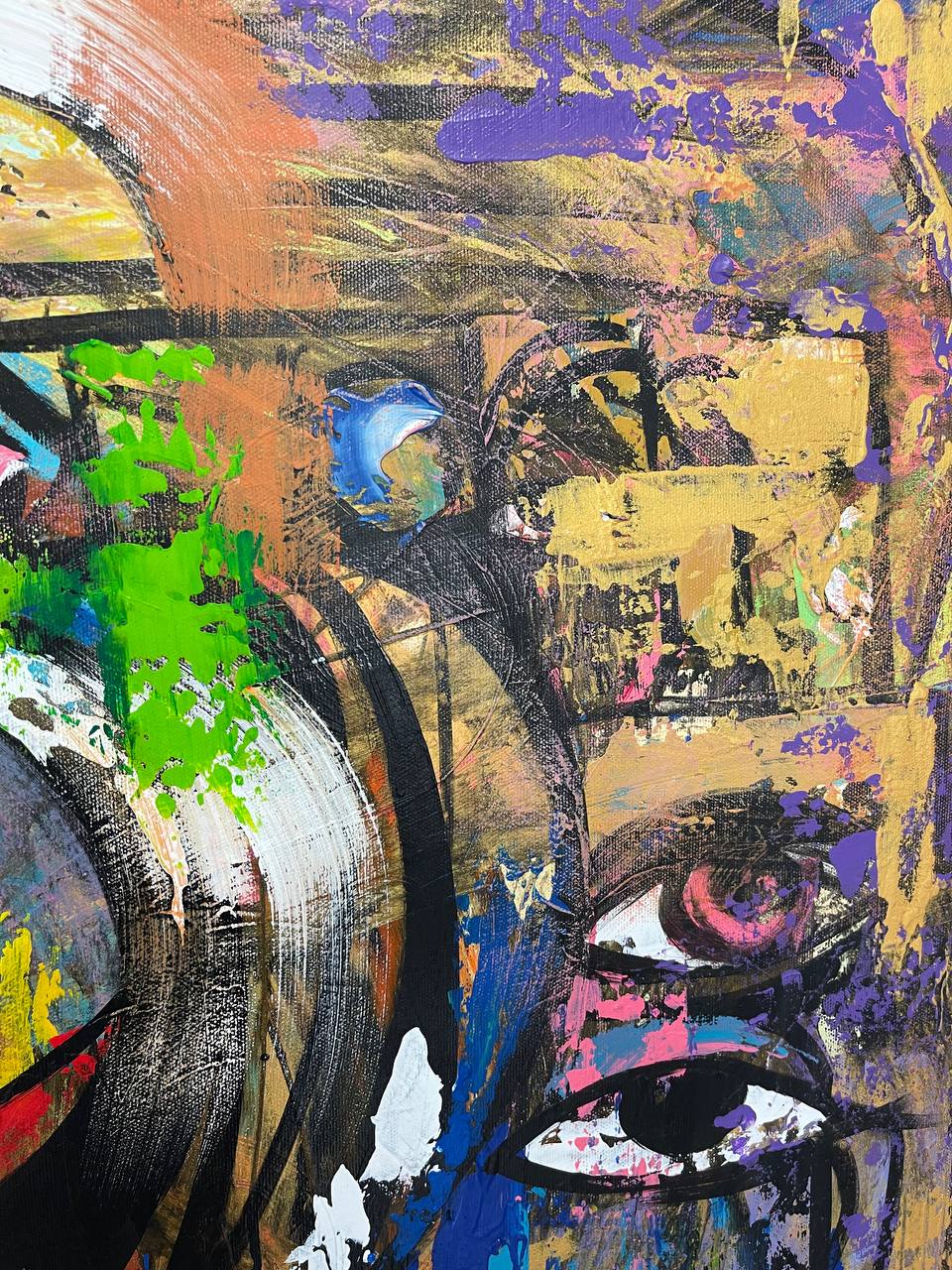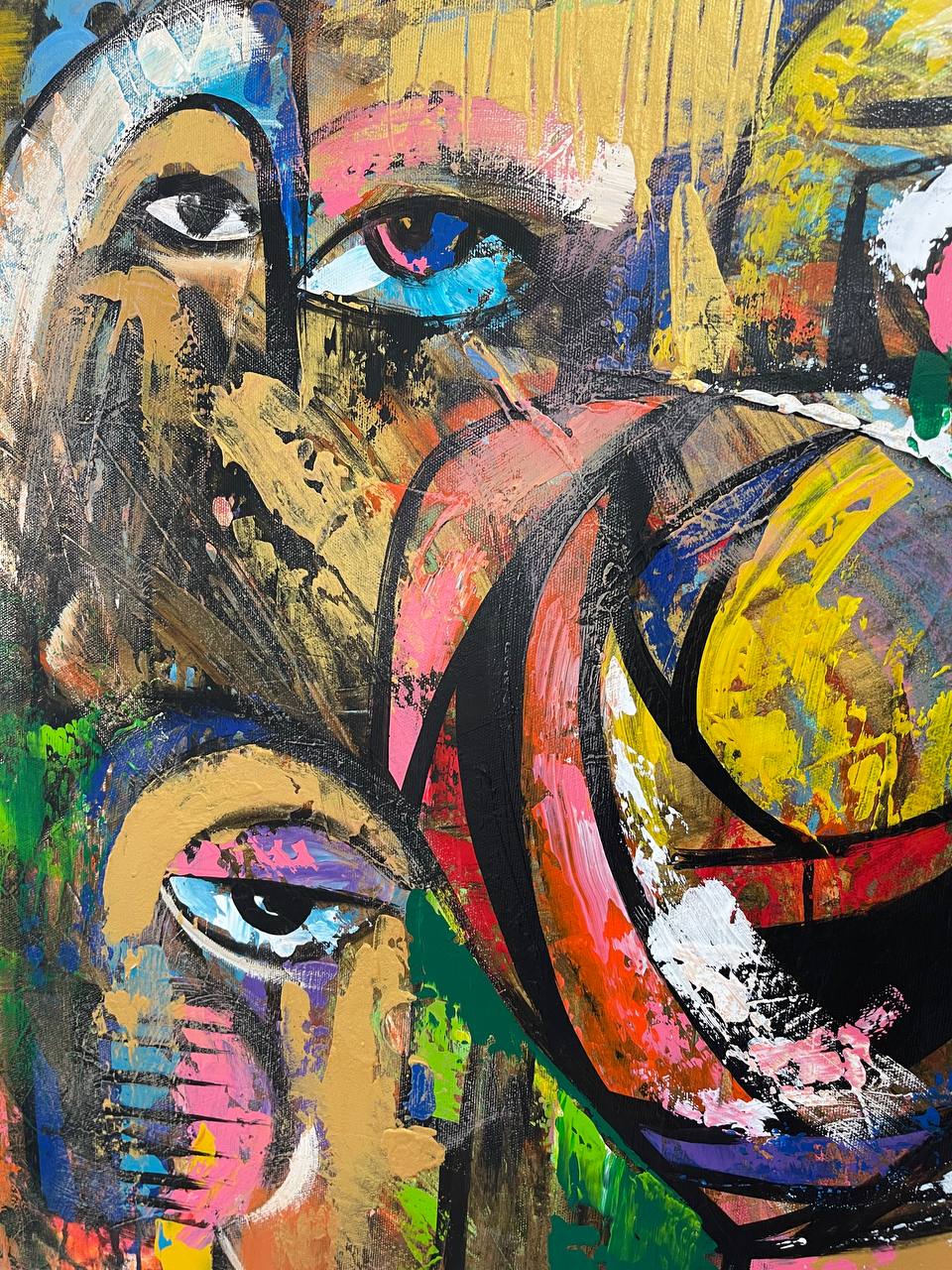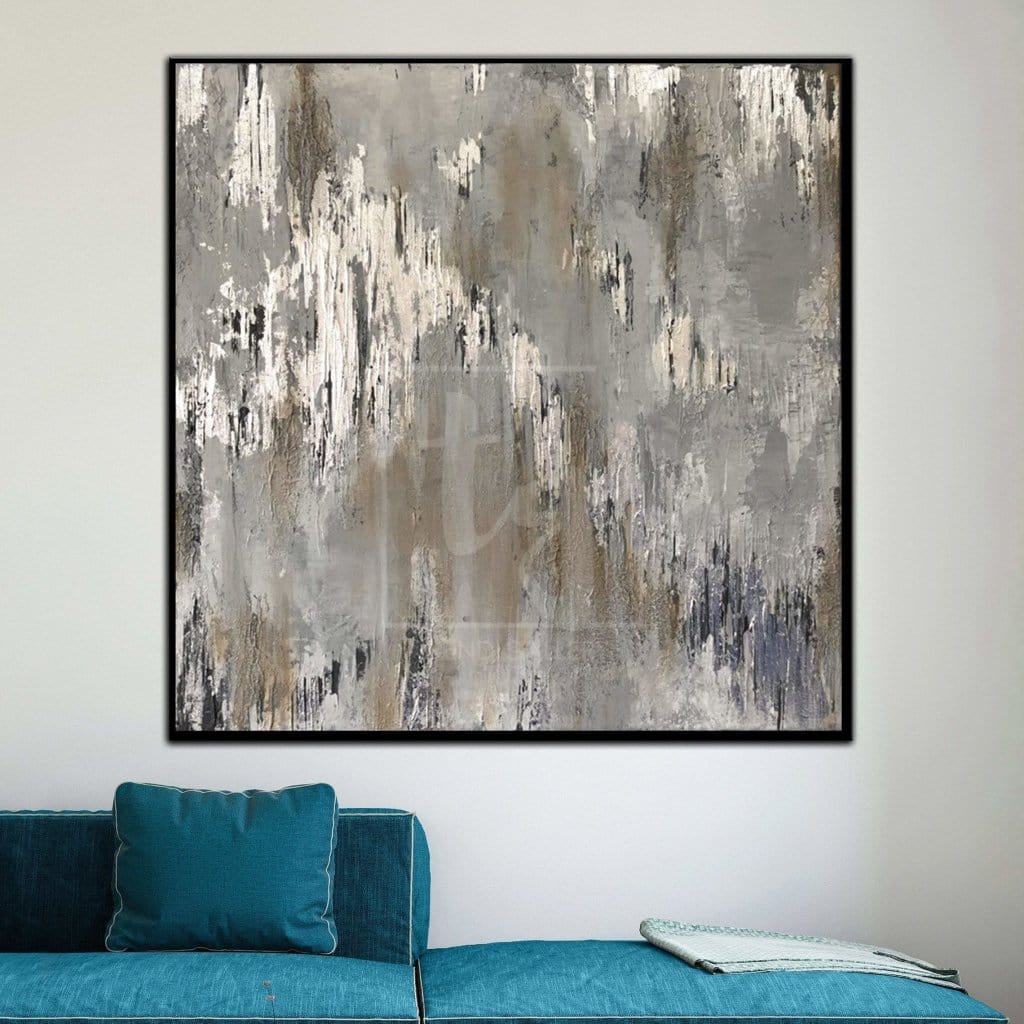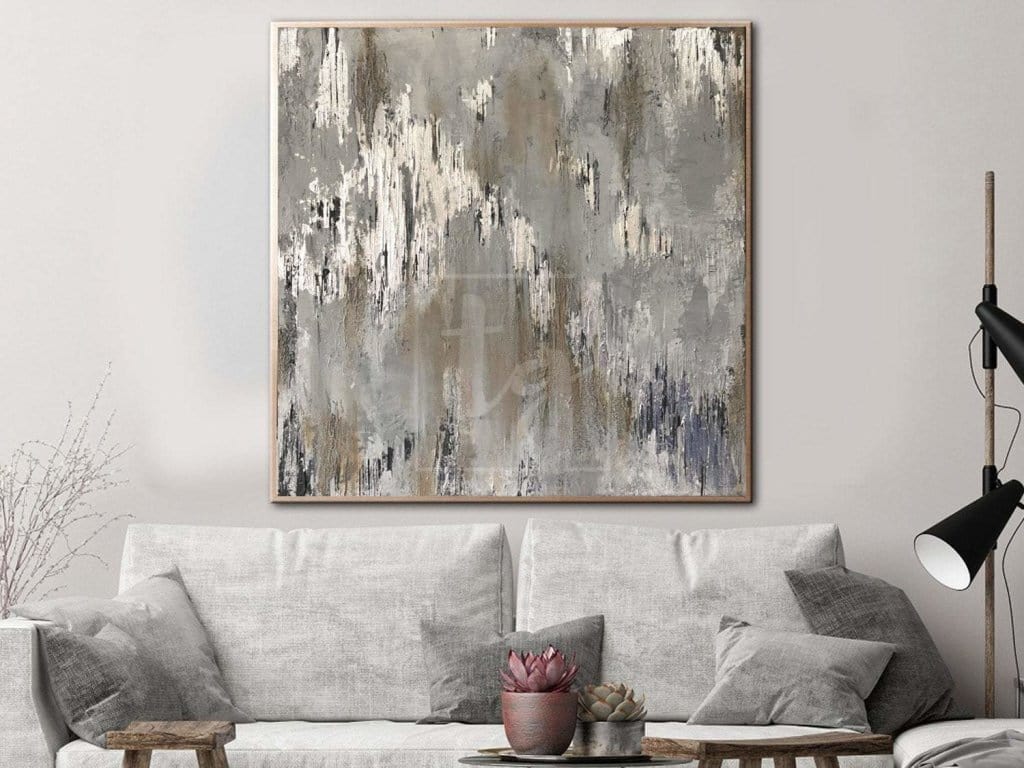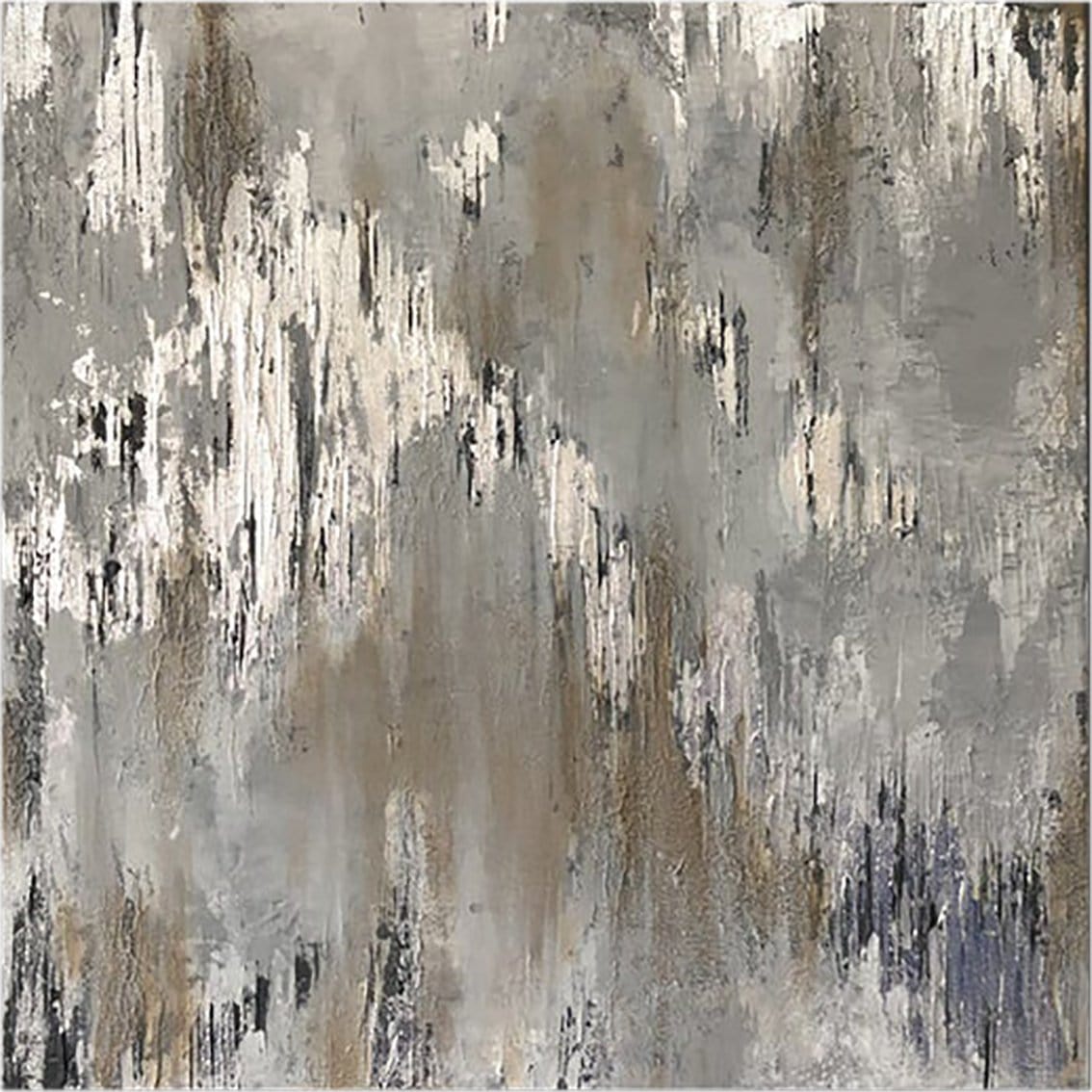It is notorious that the creator cannot work without his tools. The foremost critical part of the artist’s work, along with palette knife and painting mediums, is a paintbrush. It is an application used to lay paint on. The craftsmen utilize it for executing oil or acrylic paintings on canvas.
The design of a paintbrush
Paintbrush comprises bristles, ferrule, and handle. For watercolor or ink arts painters usually use brushes with short-length handle. While the extended ones are utilized for oil or acrylic paints.
The tool has an assortment of distinctive sizes, shapes, and hairs. The attributes depend on acrylic and oil paintings techniques.
Size is shown by a number on the handle. Although the physical measurements have no specification. Commonly used sizes are from 000 to 20.
Each brush shape is for a different technique. As for instance, the flat brush helps spread paint out rapidly and equally over a surface.
Bright brushes with rough bristles are qualified for making a wave from paint on a canvas. They are used in slender wet paint applications, like the impasto art style.
The diversity of shapes
Paintbrushes bristles have many variations, depending on its purpose. Nylon, sable, or synthesized sable are as a rule used for manufacturing watercolor brushes. Tools for oil painting comprise sable. Acrylic paint brushes are nearly totally synthetics or nylon.
Few sorts of synthetics bristles may be destroyed by turpentine or thinners that oil paint consists. Nowadays synthesized bristles are solvent-resistant and fit for every material. This became due to the innovations, such as adding linseed oil to the oil paints.
Natural hair brushes (squirrel, badger, or sable) are commonly utilized by watercolorists because of the prevalent capacity to assimilate and entrap water.
Our artists use various brushes during creating a piece of art. Check out our paintings made in diverse techniques:























